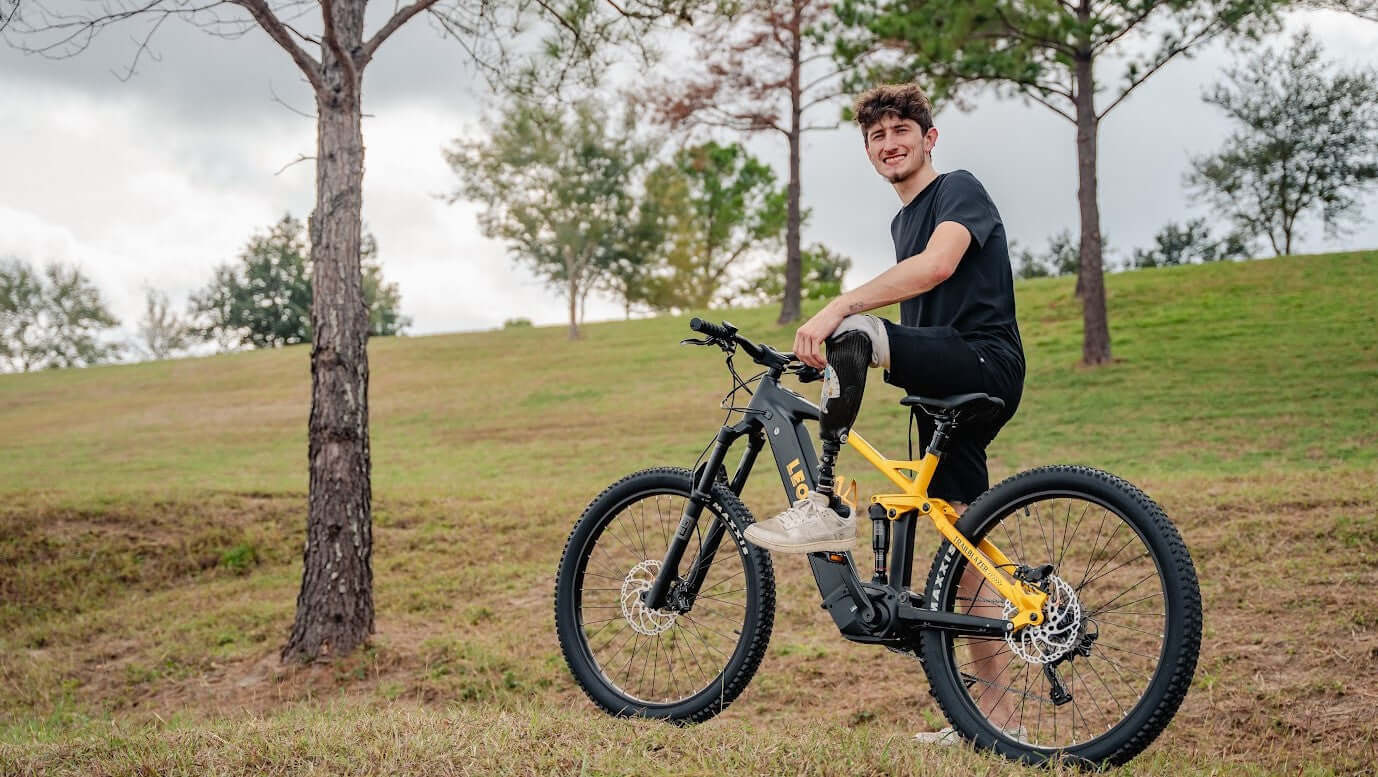
Full Suspension or Not? What to Know Before Buying Your Next Electric Bike
Choosing between full suspension and hardtail e-bikes is a big decision. The type of suspension system you pick can totally change how your bike handles different roads and trails, making it one of the most important choices you'll make.
Understanding E-bike Suspension Basics
A full suspension ebike has shock absorbers in both the front and back. These bikes work great for rough trails and off-road adventures where you need extra comfort and control, but they cost more and need more maintenance.
Hardtail e-bikes only have front suspension. This simpler design makes them lighter and cheaper, perfect for city riding and smoother paths where you don't need as much shock absorption.
The right choice depends on where and how you ride. Full suspension bikes shine on rocky trails and mountain paths, keeping you comfortable and in control over bumpy terrain.
E-bikes with just front suspension are ideal for daily commutes. They're easier to maintain and usually cost less, making them a smart choice for riders who stick mostly to city streets.
Consider your budget carefully before deciding. Full suspension e-bikes are more expensive and need more maintenance over time, while hardtails offer better value and simpler upkeep.
Your riding style should guide your choice. If you love hitting rough trails and mountain paths, full suspension might be worth the extra cost, but for casual riding and commuting, a hardtail could be all you need.
Think about the future too. What kind of riding do you want to do in the coming years? Your answer might affect which suspension type makes more sense.
We've seen many riders on both types of bikes. Full suspension riders often handle tough trails with more confidence, while hardtail riders enjoy faster speeds on smooth roads.
No single type works best for everyone. Full suspension bikes excel in rough conditions but add weight and complexity, while hardtails offer simplicity and efficiency for everyday use.
Choose what matches your needs and riding style. After all, the best e-bike is one that you'll enjoy riding day after day, whether it's fully suspended or just has front suspension.
Understanding eBike Suspension Systems
Suspension systems play a key role in how your e-bike performs. A good suspension helps your bike handle bumps and keeps you comfortable on different types of roads or trails. These systems come in two main types: front suspension (hardtail) and full suspension.
Front suspension uses shock absorbers only in the front fork, making the bike lighter and simpler. When you ride on city streets or smooth trails, this setup works great and helps save battery power since there's less weight to move around. The back wheel stays rigid, which some riders prefer for better pedaling efficiency.
A full suspension e-bike has shock absorbers in both the front and back. It soaks up rough terrain much better than a hardtail, making it perfect for mountain trails and rocky paths. While these bikes weigh more and cost extra, many riders find the added comfort worth it.
Hardtail vs. Full Suspension: Making Your Choice
The springs in suspension systems can be made with metal coils or air chambers. Air springs let you adjust the stiffness by changing the air pressure inside them. This means you can set up your bike just the way you like it.
Dampers control how fast the suspension bounces back after hitting a bump. Without them, your bike would bounce like a pogo stick. Good damping keeps your tires in contact with the ground, which helps you stay in control.
Front suspension e-bikes shine on smoother paths and city rides. These bikes need less maintenance and are great for daily commuting. You'll save money and still get good comfort on most surfaces.
Full suspension systems excel when the going gets rough. If you plan to ride challenging trails or want maximum comfort, this is your best choice. The extra shock absorption helps prevent rider fatigue during long rides on bumpy terrain.
Hardtail vs. Full Suspension: What You Need to Know
Choosing between hardtail and full suspension e-bikes can be tricky. When deciding "Full Suspension or Not? What to Know Before Buying Your Next Electric Bike," you'll need to think about how and where you'll ride. These two types of bikes offer different experiences that can change how much you enjoy your rides. Let's break down what makes each type special and help you pick the right one.
Riding Experience
A hardtail e-bike only has shock protection in the front wheel. The back part stays stiff, which makes it great for city riding and smooth dirt paths. These bikes feel quick and light when you're pedaling around town or on gentle trails, and they help your battery last longer.
Full suspension e-bikes have shock absorbers on both the front and back wheels. This setup makes bumpy rides much smoother, especially when you're going down rough trails. Your whole body feels less tired after a long ride, but you might need to charge your battery more often since these bikes are heavier.
The way these bikes handle turns and bumps is quite different. Hardtails turn quickly and feel more direct when you're riding fast on smooth surfaces. Full suspension bikes keep your tires touching the ground better when the trail gets rough, which helps you feel more confident on tricky paths.
Here's what you should think about when picking between the two:
| Feature | Hardtail | Full Suspension |
| Comfort | Good on smooth paths | Better on rough trails |
| Weight | Lighter | Heavier |
| Price | Less expensive | More expensive |
| Upkeep | Easier to maintain | Needs more maintenance |
Cost and Care
Hardtail e-bikes usually cost less because they're simpler. If you're watching your budget and mostly ride on regular roads, a hardtail makes good sense. These bikes are also easier to take care of since they have fewer moving parts.
Full suspension bikes cost more money up front. They're worth it if you spend lots of time on rough trails or mountain paths. However, you'll need to check and fix the shock absorbers regularly, which takes more time and money.
When asking "Is it worth buying full suspension mountain ebike?" think about where you'll be riding most often. If you love challenging trails and rough terrain, full suspension is probably worth the extra cost. For city rides and smooth paths, stick with a hardtail and save some money.
Choose the bike that matches how you plan to use it. Try both types before you buy if you can, as this will help you feel the difference yourself. Remember, the best e-bike is the one that fits your riding style and makes you want to get out and ride more often.
Is Full Suspension Mountain eBike Worth Buying?
Full suspension eBikes are becoming more popular for serious off-road riders. These bikes cost more and need extra care, but they can make riding much more fun and safer.
A full suspension system has shock absorbers in both the front and back of the bike, helping you handle bumps better. This setup helps keep your tires touching the ground, which gives you more control when riding on rough trails or going downhill.
Going over roots, rocks, and bumpy trails feels much smoother on a full suspension eBike. The bike takes most of the impact instead of your body, so you can ride longer without getting tired.
Hardtail vs. Full Suspension: Key Things to Think About
Full suspension bikes usually cost 20-40% more than hardtail models. The extra money gets you better handling on rough trails, but you'll need to decide if that's worth it for how you ride.
Maintenance is something else to think about. You'll need to get the suspension checked once a year to keep it working well. This means more time and money spent on upkeep.
The benefits really show up when riding tough terrain. Studies show riders are 30% more stable on difficult trails with full suspension bikes compared to hardtails. The motor power also works better because the tires stay in better contact with the ground.
Going downhill feels much safer with full suspension. The front and back shocks work together to keep you stable, which means fewer accidents and more confidence while riding.
For more detailed information about bike performance on different trails, check out the Union Cycliste Internationale (UCI).
If you often ride on rough trails and want the best control and comfort, a full suspension eBike is worth buying. While it costs more upfront and needs regular maintenance, the improved riding experience makes it a smart choice for serious mountain bikers.
Product Recommendations & Final Takeaways
When choosing between full suspension and hardtail e-bikes, knowing your riding style is crucial. Your planned routes and comfort needs will guide your decision.
Making the Right Choice
A full suspension bike gives you the best comfort on rough trails. For serious off-road riders, I suggest checking out the Leoguar Full Suspension EMTB. The bike handles bumps and rocks with ease, making your ride smooth and enjoyable. Its dual shocks work together to keep you stable on wild paths.
If you ride mostly in the city but sometimes hit trails, consider the Leoguar Flippo Folding Electric Bike. This folding bike is perfect for city life. The full suspension system still gives you comfort when you need it.
Key points to remember:
Match your suspension to your trails - full suspension for rough terrain, hardtail for smooth paths. Maintenance needs are higher with full suspension bikes, but they offer more comfort. Think about where you'll store and fix your bike.
Want more details? Check out Consumer Reports – Electric Bikes Buying Guide. Their guide breaks down all the options clearly.
Your perfect e-bike is out there. Full suspension can make riding more fun and comfortable, while hardtails keep things simple. Try both types before buying. The right choice will make every ride better, whether you're commuting or exploring trails.

Full Suspension or Not? What to Know Before Your E-Bike Purchase
Choosing between full suspension and hardtail e-bikes is a big decision. Your choice should match your riding style, budget, and where you plan to ride most often.
Key Differences Between Suspension Types
Full suspension bikes offer better shock absorption and control on rough trails. These bikes make riding more comfortable, but they cost more and need more care.
Hardtail bikes are simpler and cheaper. For city riding and smooth paths, they work great and don't need as much maintenance.
Our team tested many bikes, and here are our top picks:
• Leoguar Full Suspension EMTB - Perfect for trail riding and rough terrain. This bike handles bumps well and lets you ride with confidence on tough trails.
• Leoguar Flippo Folding Electric Bike - Great for city riders who need a compact bike. It folds up easily and rides smoothly on city streets.
Your riding needs should guide your choice between full suspension and hardtail e-bikes. Full suspension is best for off-road adventures and comfort on rough terrain. Simple hardtail bikes work well for daily commutes and casual riding.
Try before you buy to make sure the bike feels right. Each rider has different needs, and testing helps you find the perfect match.
Ready to find your perfect e-bike? Take a look at our recommended models and start your journey to better riding today.
FAQs
1. Is a full suspension e-bike worth the extra cost in 2025?
A: Full suspension e-bikes are worth the investment if you frequently ride on rough terrain or mountain trails, but they cost 20-40% more than hardtails and require more maintenance.
2. How much maintenance does a full suspension e-bike need?
A: Full suspension e-bikes need annual shock servicing and more frequent overall maintenance compared to hardtails, which typically only require basic tune-ups.
3. Which type of e-bike is better for city commuting?
A: Hardtail e-bikes are generally better for city commuting due to their lighter weight, lower maintenance needs, and better efficiency on paved roads.
4. What's the battery life difference between full suspension and hardtail e-bikes?
A: Hardtail e-bikes typically offer better battery life since they're lighter and have fewer power-draining components compared to full suspension models.
5. Can I use a hardtail e-bike on mountain trails?
A: Yes, hardtail e-bikes can handle moderate trails, but full suspension bikes provide better control and comfort on rough terrain and technical descents.



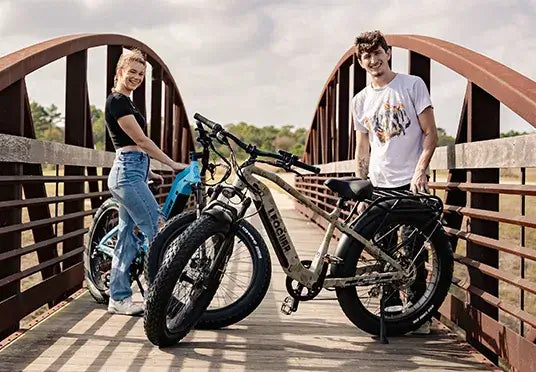
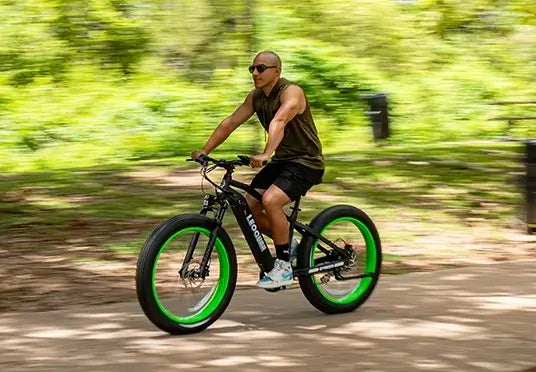
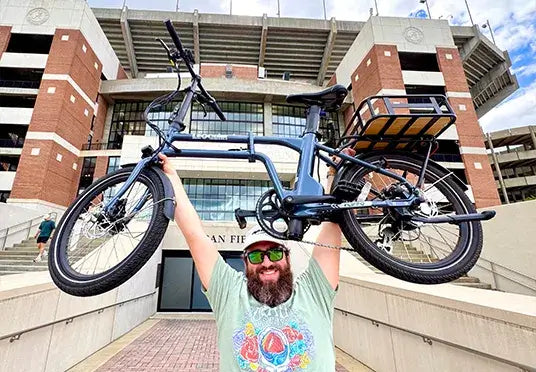
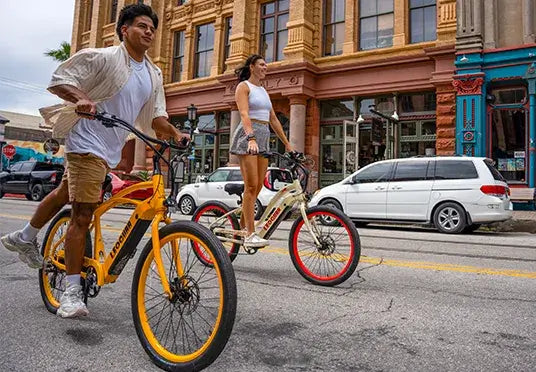
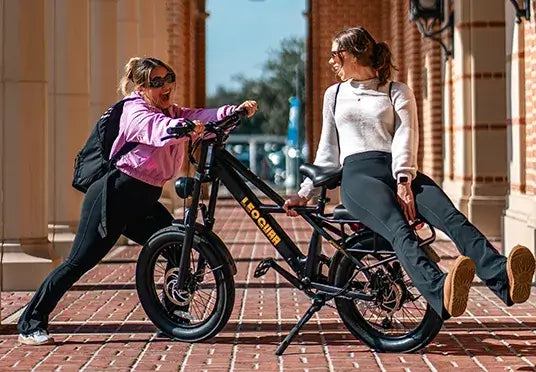
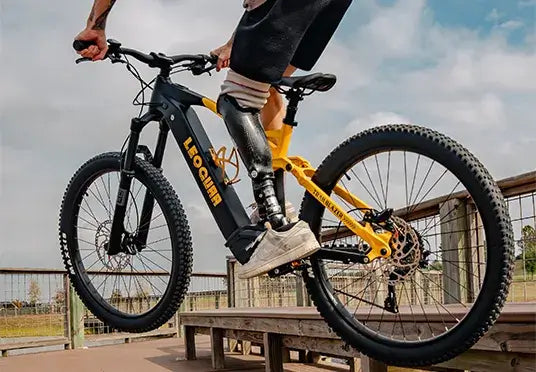

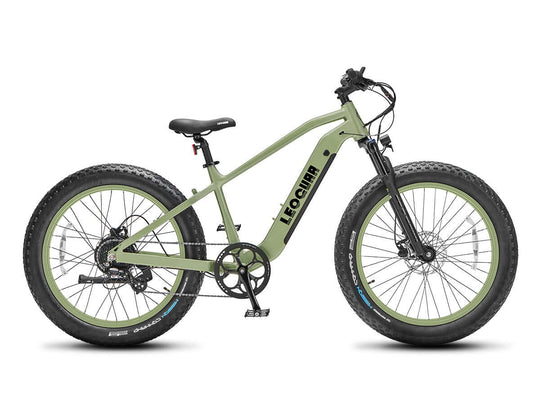
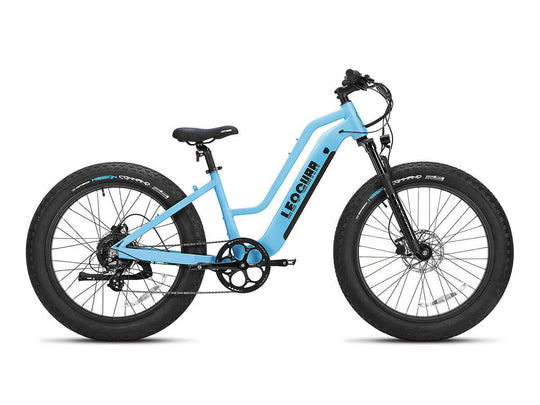
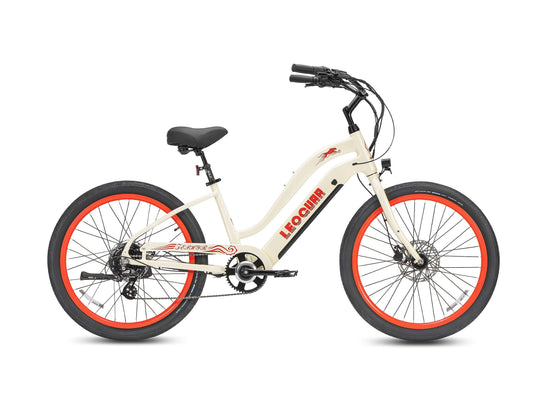
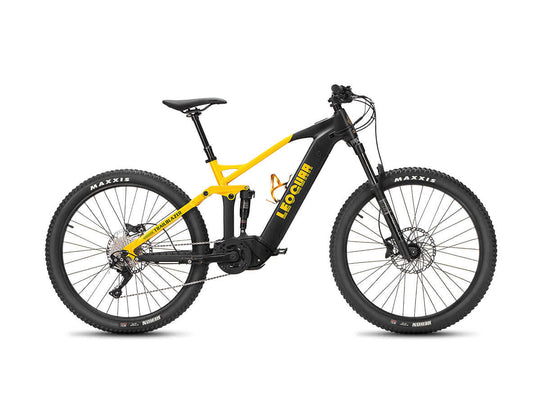
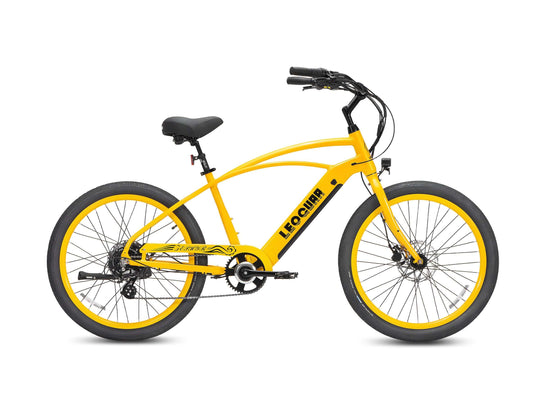
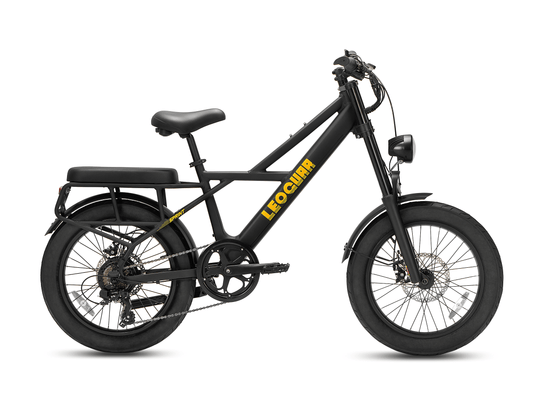

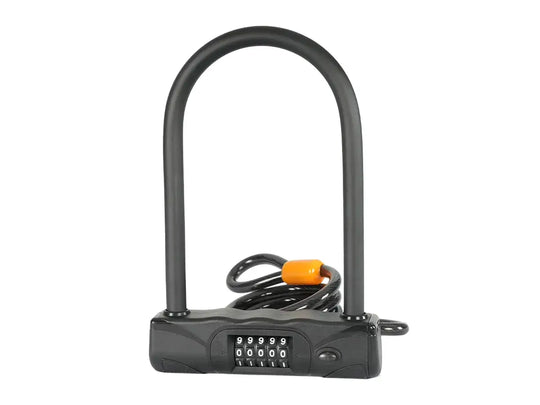
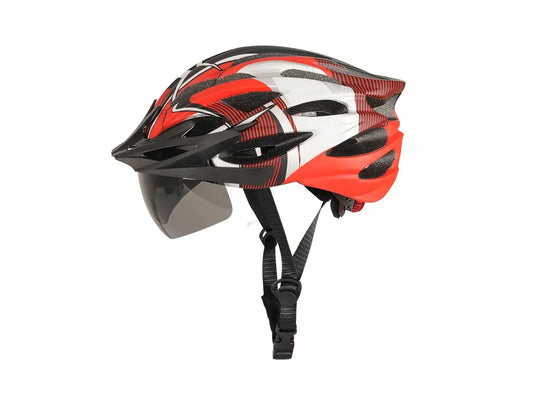
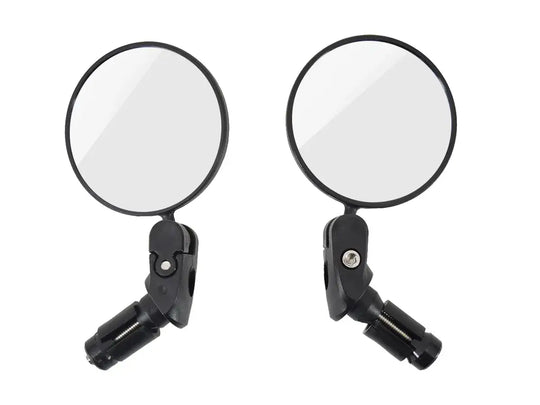

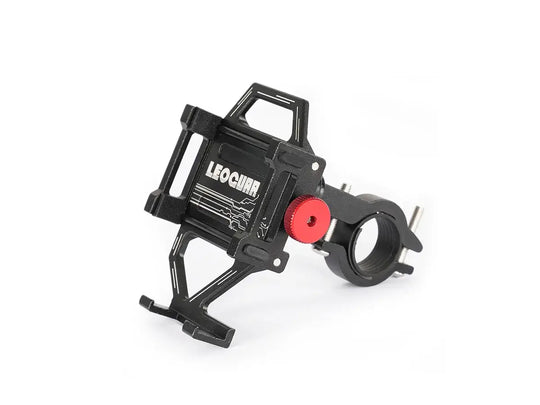
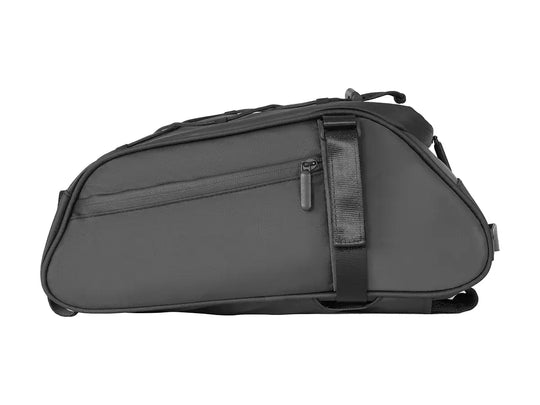
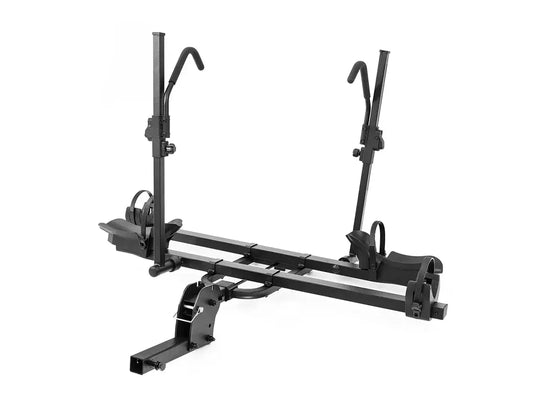
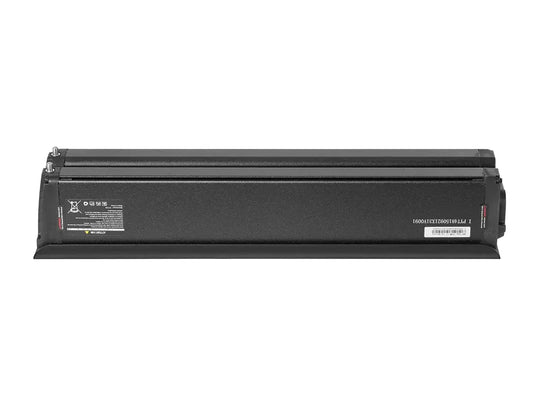
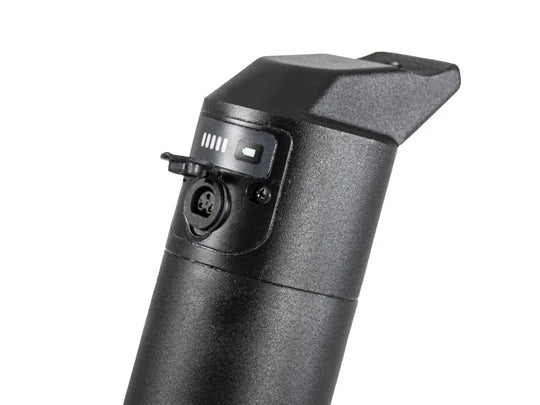
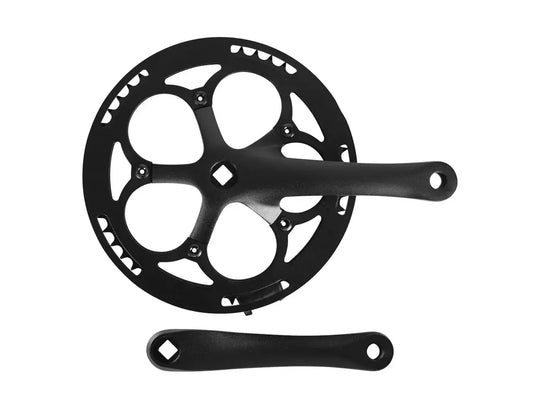
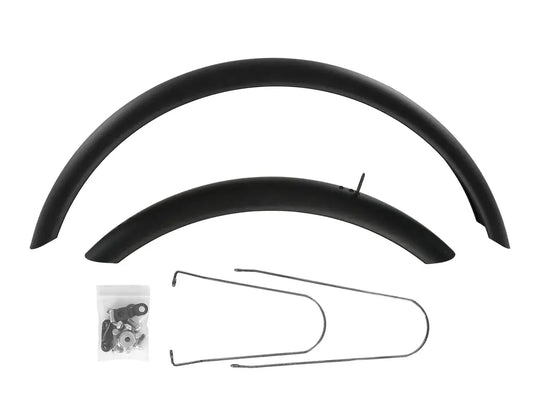
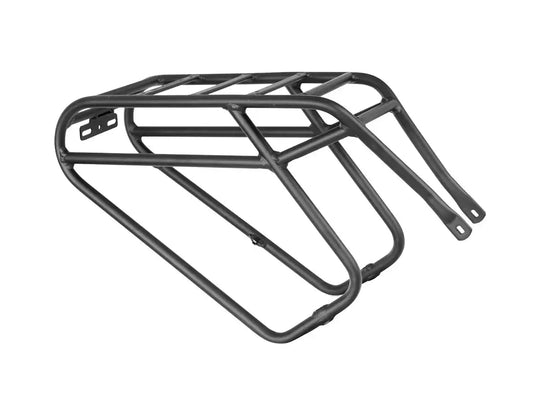
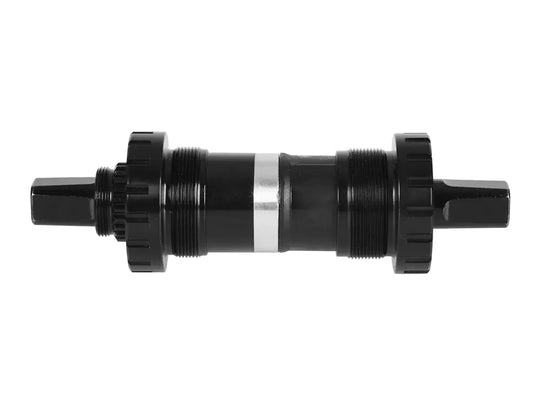
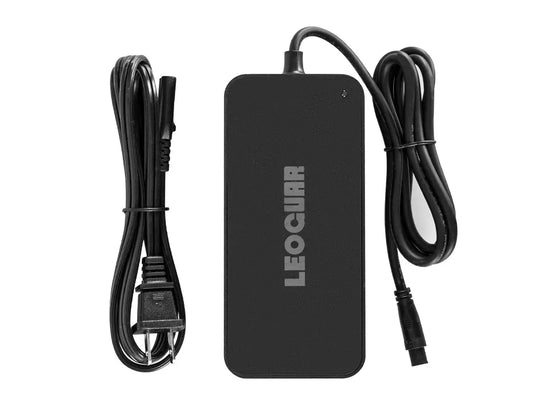
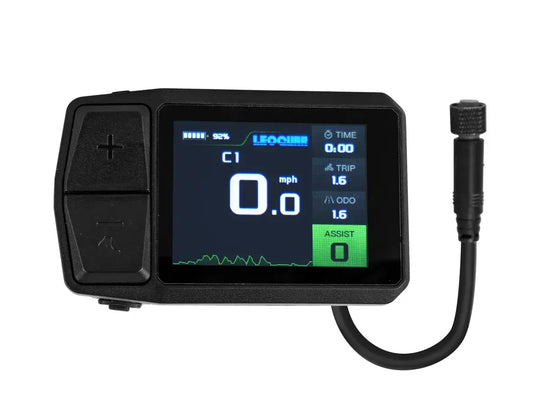
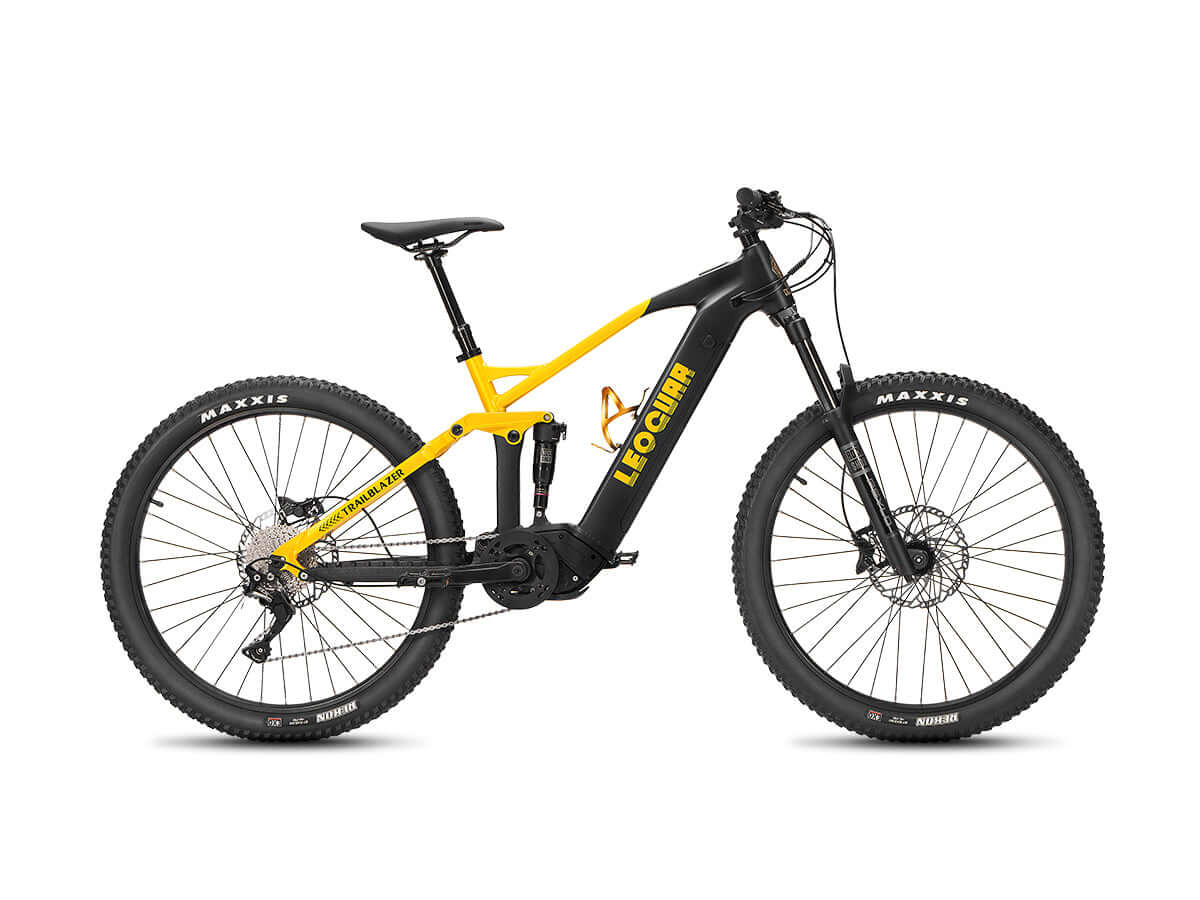








Leave a comment